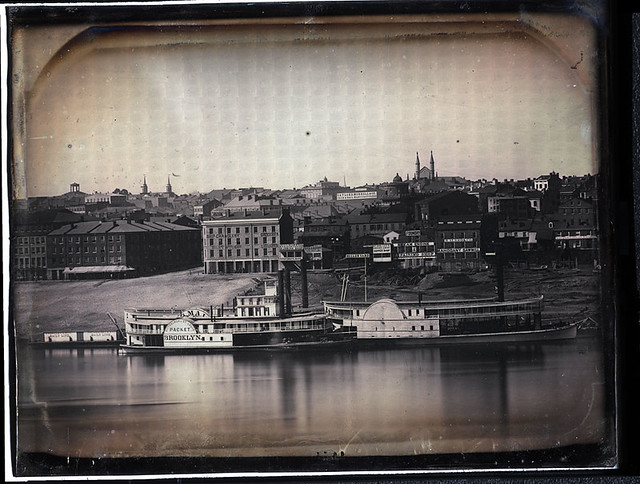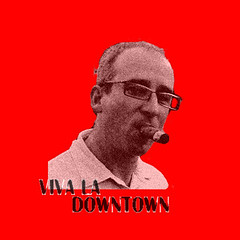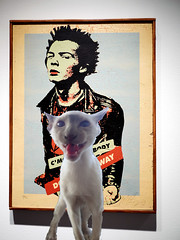Fontayne-Porter daguerreotypes
Opening this months Wired Magazine and paging through I got super excited finding this story and the accompanying pictures which I instantly identified as Cincinnati. Wired calls this series of pictures, the Fontayne-Porter daguerreotypes, the most famous of that type ever taken, and in 1848, daguerreotypes where super high tech.
Photos: Daguerreotypes courtesy of the Public Library of Cincinnati and Hamilton County
To match these daguerreotypes a digital camera would have to capture 140,000 megapixels. The whole panorama could be blown up to 170 x 20 and still remain crisp. Something I found fascinating was even though the image of the clock face was only 1 millimeter across the resolution was high enough to still tell the time, the picture was taken at 1:55pm and in 1945 using steamboat records to find the date when all the steamboats were in Cincinnati they determined it was September 24, 1848.
Photos: Daguerreotypes courtesy of the Public Library of Cincinnati and Hamilton County
Wired magazine explains the process,
"Daguerreotypes start as copper plates with a thin, mirror-polished coating of silver that’s been exposed to halogen gas (iodine or bromine) to make silver halide. Light hitting this compound knocks an electron loose, which attaches to a silver ion, forming a neutral silver atom. The result is that all the places on the plate exposed to light are clusters of pure silver, and the rest is silver halide.
Next, the exposed plate is held over a warm pool of mercury (don’t breathe!). The mercury combines with the silver atoms, creating the equivalent of a digital image’s pixel: a tiny “grain” between 150 and 800 nanometers in diameter that scatters light, making areas of the surface that were exposed to more light appear brighter. Finally, the plate is soaked in sodium thiosulfate, which washes away the unexposed silver halide, leaving dark regions — the image’s blacks and grays.
The result is a one-of-a-kind direct positive — as opposed to the negative produced by modern chemical photography — with a haunting, soft, almost three-dimensional quality. Look at a daguerreotype from the wrong angle and you’ll see only a reflection: The image is trapped inside the mirrored surface."

Photos: Daguerreotypes courtesy of the Public Library of Cincinnati and Hamilton County
Its mind boggling how crisp and clear these pictures are considering how old they are.[where: 45202]best place to learn how to live downtown cincinnati ohio the ethos of Cincinnati Fontayne-Porter daguerreotype steamboats railroad station cincinnati ohio river photo of Cincinnati taken in 1848 riverfront
1 comments





These remind me of the scale model of Cincinnati at Union Terminal, in that for some inarticulable reason you know it's Cincinnati but you're never sure exactly why. (I guess besides the hills, the river, and that church at Vine/Liberty)
ReplyDeleteThanks for posting these.
You can find all 8 plates for viewing, here:
ReplyDeletehttp://sandmancincinnati.com/fontayne-and-porter-daguerreotype